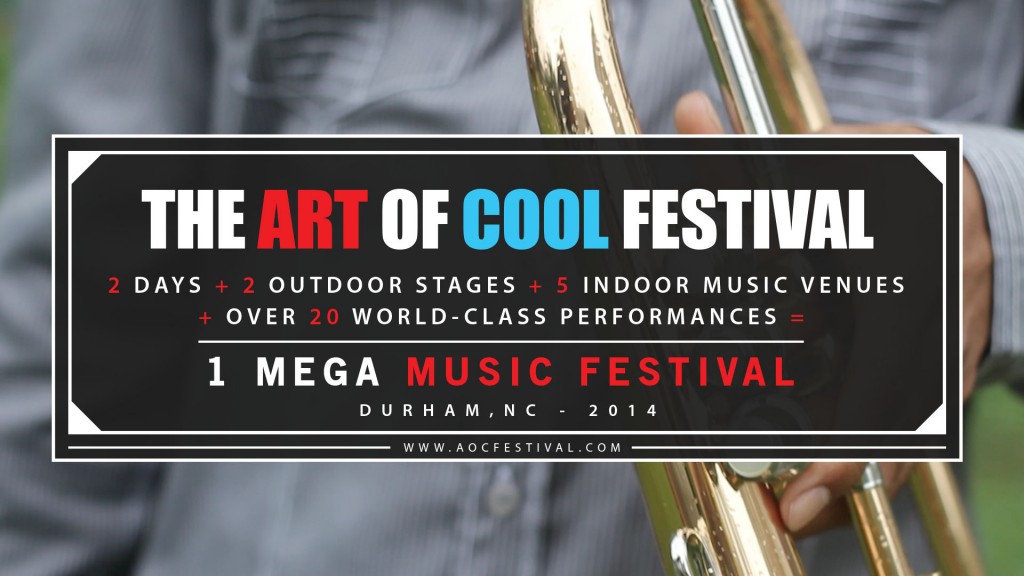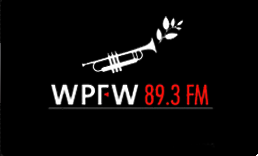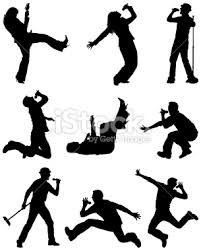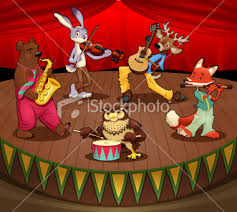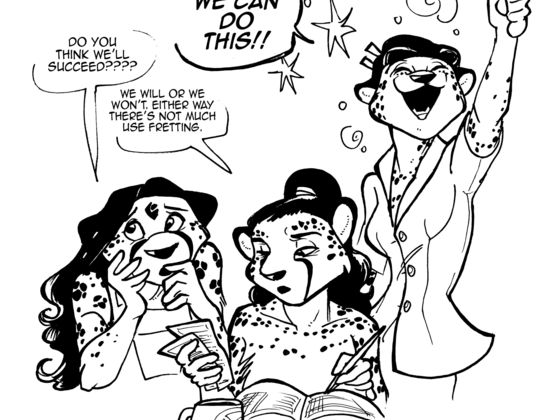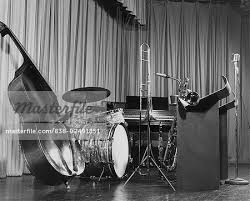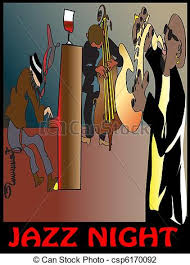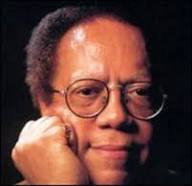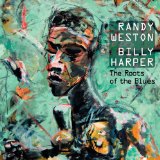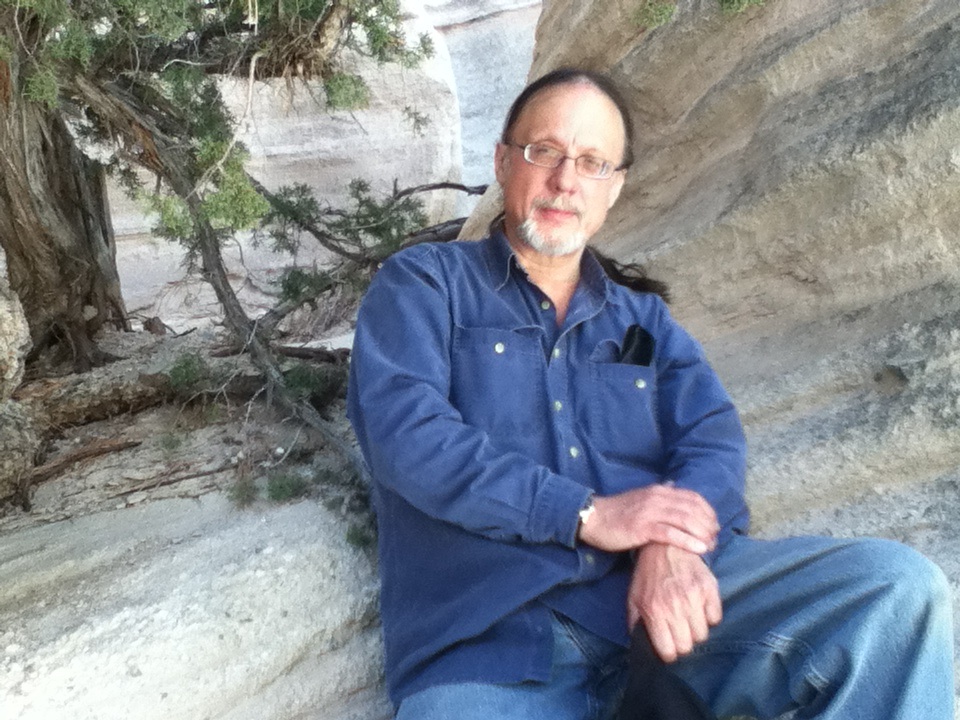A couple of weeks back our ongoing dialogue with black music writers, Ain’t But a Few of Us, included the young writer Anthony Dean-Harris. In addition to detailing how he came to write about jazz, Anthony spoke in very positive tones about a jazz presenting organization called The Art of Cool that he had recently become affiliated with as correspondent to their web site. That somewhat audacious name certainly piqued the curiosity, so based on Dean-Harris’ enthusiastic referral I sought out Art of Cool mover & shaker Cecily Mitchell for some insights into this developing organization devoted to bringing jazz to the Durham, North Carolina area.
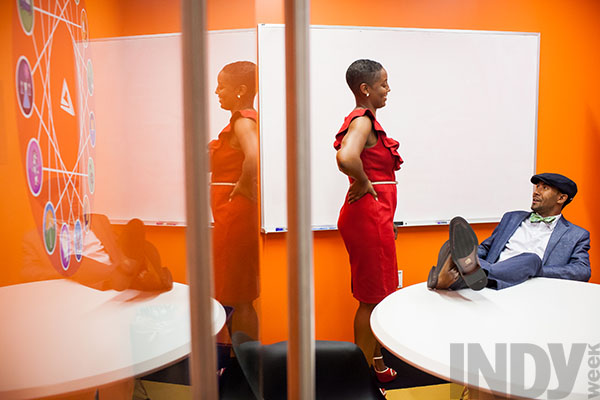
Cicely Mitchell & Al Strong of the Art of Cool
In the vernacular we – at least some of us – know what one might mean by the art of cool. But please tell us your mission with this organization, why you chose that name, and how Art of Cool stands for what you’re trying to do in your part of the country.
Art of Cool is a 501(c)(3) organization dedicated to presenting, preserving and promoting jazz-influenced music. Our goal is to expand the audience for jazz and improvised music. The name evolved from the venues where we originally started presenting jazz which were small local art galleries in the Raleigh-Durham area. We wanted to give reference to jazz without actually saying the word “jazz’ which to be honest can be a barrier for some people. I thumbed through some old albums that my partner, Al Strong, had and picked out “Birth of the Cool”. Art of Cool just made sense and stuck.
How did Cicely Mitchell become a jazz enthusiast?
I met Al Strong, a local trumpeter and professor at St. Augustine’s and North Carolina Central. He turned me on to jazz. I loved soul music and good old-school hip hop before we met. The elements of what I loved about those genres I later realized were the essence of jazz. Al seemed to help me connect all the dots. It was almost instant that jazz was my link to African American tradition and culture.
It’s weird. All through undergrad I kept saying…”I’m going to get into jazz…like Miles and Coltrane.” Yet I always felt a little intimidated. I just didn’t know where to start. Al listens to all the greats all the time so it was simple to just jump in head first. Of course, he’s got quite a collection.
Why Durham, NC and how did you determine that this was a niche in your community that you needed to fill?
Durham, NC has a rich tradition of Black American Music mostly in the blues and soul music. North Carolina in general has a very big jazz connection. The most obvious are John Coltrane, Nina Simone and Thelonious Monk. Aside from the history Durham currently is very strong in arts performance culture. It is home to 2 performance theatres that are currently in the top 100 in box office sales. Durham is home to Duke University as well as North Carolina Central University both schools boast residencies by Branford Marsalis. Nnenna Freelon is a downtown Durham resident. The students and faculty at both schools play around town and make the scene extremely strong. People come to Durham for school or jobs in Research Triangle Park. The population is highly educated and more adept for arts culture like jazz, classical music or plays. So all the pieces are in place in Durham: the players, the audience and the institutions. Art of Cool is here simply to connect them all.
Talk about some of the activities you’ve presented thus far, and be candid about both successes and the not so successful – including some sense of why/how some things may have been successful, and others less so.
We mainly present jazz and soul music in club venues and outdoor stages now. We successfully filled the earlier art galleries that we presented jazz in the first year. We attribute success to the strength of the players on the scene.
We tried to launch the series in art galleries in Raleigh; however, we’ve found that it hasn’t taken off as quickly as Durham. We think it is because Raleigh is more of a rock and bluegrass type of town. Durham is known as the place in the Triangle to go hear jazz or soul music. It is rich in Black American Music offerings.
As an organization, besides the obvious funding, what are some things your organization could use going forward?
Art of Cool would love to build a strong blog community. We hope to reach more people outside of the Triangle by writing more about the resurgence of jazz. Please help spread the word. We also could use visitors to our first annual Art of Cool festival which will be held downtown at 8 venues with over 20+ world-class jazz/soul musicians over two days (April 25-26, 2014). Maceo Parker and Miguel Atwood-Ferguson are the headliners. We announce the full lineup Nov. 15th, 2013.
What kind of future do you foresee for Art of Cool?
– Art of Cool’s future includes: Art of Cool Festival, which will be held each April.
– Start of Cool, which is our jazz education program that we seek to launch next year.
– Launch of a more active blog featuring content about the next generation of jazz musicians which will be led by Anthony Dean-Harris of Nextbop.com.
Art of Cool is the kind of DIY effort on behalf of the music that has some measure of precedence in history; jazz support organizations have been hatched in numerous communities around the country, to varying degrees of success. No question Art of Cool could certainly be replicated in other communities. To get a better sense of the impact Art of Cool has made on the culture of the Durham, NC community thus far I sought out the impressions of two Durham area residents whose instincts where the music is concerned are impeccable, including vocalist-educator Lenora Zenzalai Helm (whose recent efforts were profiled earlier this year in the Independent Ear), and staunch jazz supporter Aminifu Harvey, a DC-area transplant who has expressed great appreciation for the jazz scene in Durham.
Lenora Zenzalai Helm: Yes, Art of Cool is definitely making a huge impact here in the NC Triangle (Raleigh/Durham/Cary) area. They are putting together a jazz festival – the first one outside of a university-connected event that I know of. They created a groundswell of support, had an impressive marketing strategy of community forums, open meetings with stakeholders (musicians, presenters, businesses, potential funders, etc.) and seemed to include everyone in the decision to “bring a festival to Durham.” A couple of years before this effort, they created a concert series that they used Reverbnation for to audition internationally. The brains behind the whole deal is a musician colleague from NCCU – trumpeter Al Strong, and Cicely Mitchell.
I was on their first concert series last year, and they are in the 2nd season of that series. They also kind of attach their name to any artist coming to town and do an after hours set near that artist’s concert to draw attention to that performance, and create and continue the branding, so that they seem to be ubiquitous. Very clever indeed. I love them (Al and Cicely), and think they are an example of how to “get it done” in a locale where the intersection of small town folk and big ideas meet. Durham is an interesting place with a very particular slice of black history – did you know there was a section of town called “black wall street”? Plus, the success of DPAC (Durham Performing Arts Center – the #1 grossing PAC in the country I’m told) was helpful to the AOCP’s venture toward a festival.
Aminifu Harvey: The Art of Cool. Man this organization has brought some hip and outstanding jazz performers to Durham; the organization has significantly added to the cultural growth of Durham as a leading musical site in North Carolina and the region. The outdoor performances have been family oriented, allowing young and old to mingle. They also are a means of transferring this American music to the very young. In addition Art of Cool has added to the financial stability of the businesses in the area. I try to make sure I attend the indoor concerts also. Why would I want to live anywhere else if I were (which I am a jazz aficionado).I am looking forward to the Art of Cool 2014 season.
Further information: WWW.THEARTOFCOOLPROJECT.COM

